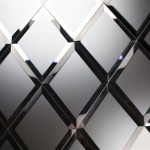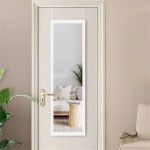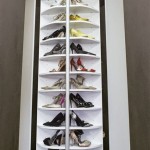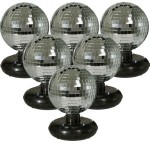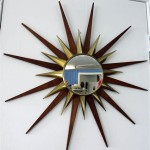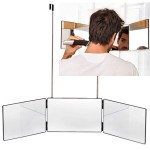What Causes Black Spots in a Mirror
Mirrors, essential components in homes and various industries, rely on a reflective coating applied to a glass substrate. Over time, these mirrors can develop black spots, detracting from their functionality and aesthetic appeal. Understanding the causes of these blemishes is crucial for effective prevention and remediation.
One of the most common causes of black spots is mirror damage. Impact, even seemingly minor, can cause microscopic cracks in the protective backing of the mirror. These cracks allow moisture to seep in and reach the reflective silvering, initiating oxidation and resulting in the characteristic black discoloration. Dropping a mirror or striking it with a hard object can cause this type of damage. Even leaning a mirror against a rough surface can lead to scratches and eventual black spot formation.
Environmental factors play a significant role in black spot development. High humidity levels create an environment conducive to moisture penetration, accelerating the oxidation process of the reflective layer. Bathrooms, particularly those with inadequate ventilation, are especially susceptible to this issue. Coastal areas with high salt content in the air also experience increased mirror degradation due to the corrosive nature of salt.
Manufacturing defects can also contribute to black spot formation. In some cases, imperfections in the application of the reflective coating or the protective backing can create weak points where moisture can more readily penetrate. These imperfections might not be immediately apparent but can manifest as black spots over time. Poor quality materials used in the manufacturing process can further exacerbate this issue, leading to premature deterioration of the mirror.
The cleaning process itself can inadvertently cause damage to mirrors. Using harsh or abrasive cleaning agents can etch the surface, compromising the protective layer and increasing the risk of moisture penetration. Similarly, using excessive force when wiping a mirror can scratch the surface, leading to similar issues. Even seemingly benign cleaning solutions containing ammonia can, over time, damage the silvering.
The specific type of mirror backing influences its susceptibility to black spots. Mirrors with inferior or damaged backing are more vulnerable to moisture infiltration. Older mirrors commonly used silver backing protected by a layer of copper and paint. The copper layer, while offering some protection, can also oxidize, contributing to the blackening. Modern mirrors often utilize aluminum backing with protective layers that offer enhanced resistance to moisture.
Silvering deterioration is the fundamental chemical process behind black spot formation. The reflective layer in most mirrors consists of a thin layer of silver. When exposed to moisture and oxygen, the silver undergoes oxidation, forming silver oxide. Silver oxide appears black, hence the appearance of black spots on the mirror surface. This chemical reaction is accelerated in the presence of moisture and certain atmospheric pollutants.
Improper installation can also contribute to black spot formation. If the mirror is not adequately sealed against moisture, particularly in areas like bathrooms, water can seep in from behind the mirror and attack the reflective layer. This is particularly true for framed mirrors where inadequate sealing around the edges allows moisture to penetrate.
Temperature fluctuations can exacerbate the issue of black spots. Frequent changes in temperature, especially in conjunction with high humidity, can cause expansion and contraction of the mirror materials. This can lead to stress fractures in the protective layers, creating pathways for moisture to reach the silvering and initiate oxidation.
Light exposure, specifically prolonged exposure to ultraviolet (UV) radiation, can also contribute to the degradation of the reflective layer. While not a direct cause of black spots in the same way as moisture, UV radiation can weaken the protective backing over time, making it more susceptible to moisture penetration and subsequent silvering deterioration.
Prevention of black spots involves addressing the contributing factors outlined above. Using appropriate cleaning methods with gentle cleansers, ensuring adequate ventilation in humid environments, and careful handling of mirrors can significantly reduce the risk. Choosing high-quality mirrors with robust backing and proper installation techniques can further enhance their longevity and prevent the formation of these unsightly blemishes.

Repair Or Replace Desilvering Bathroom Mirror Solution For Black Edges

How To Repair Desilvering What Do About Black Edges On Mirrors

The Pretty Side Of Mirror Desilvering Sidler Mirrors Swiss Bathroom Mirrored Medicine Cabinets

Repair Or Replace Desilvering Bathroom Mirror Solution For Black Edges

How To Repair Desilvering What Do About Black Edges On Mirrors

How To Avoid Black Spotting On Mirrors Adp

The Pretty Side Of Mirror Desilvering Sidler Mirrors Swiss Bathroom Mirrored Medicine Cabinets

Everything You Need To Know About Mirror Rot House Of Mirrors Glass

Causes Black Spots On Bathroom Mirrors

Causes Of Dark Spots In Bathroom Mirrors And Preventing Them

